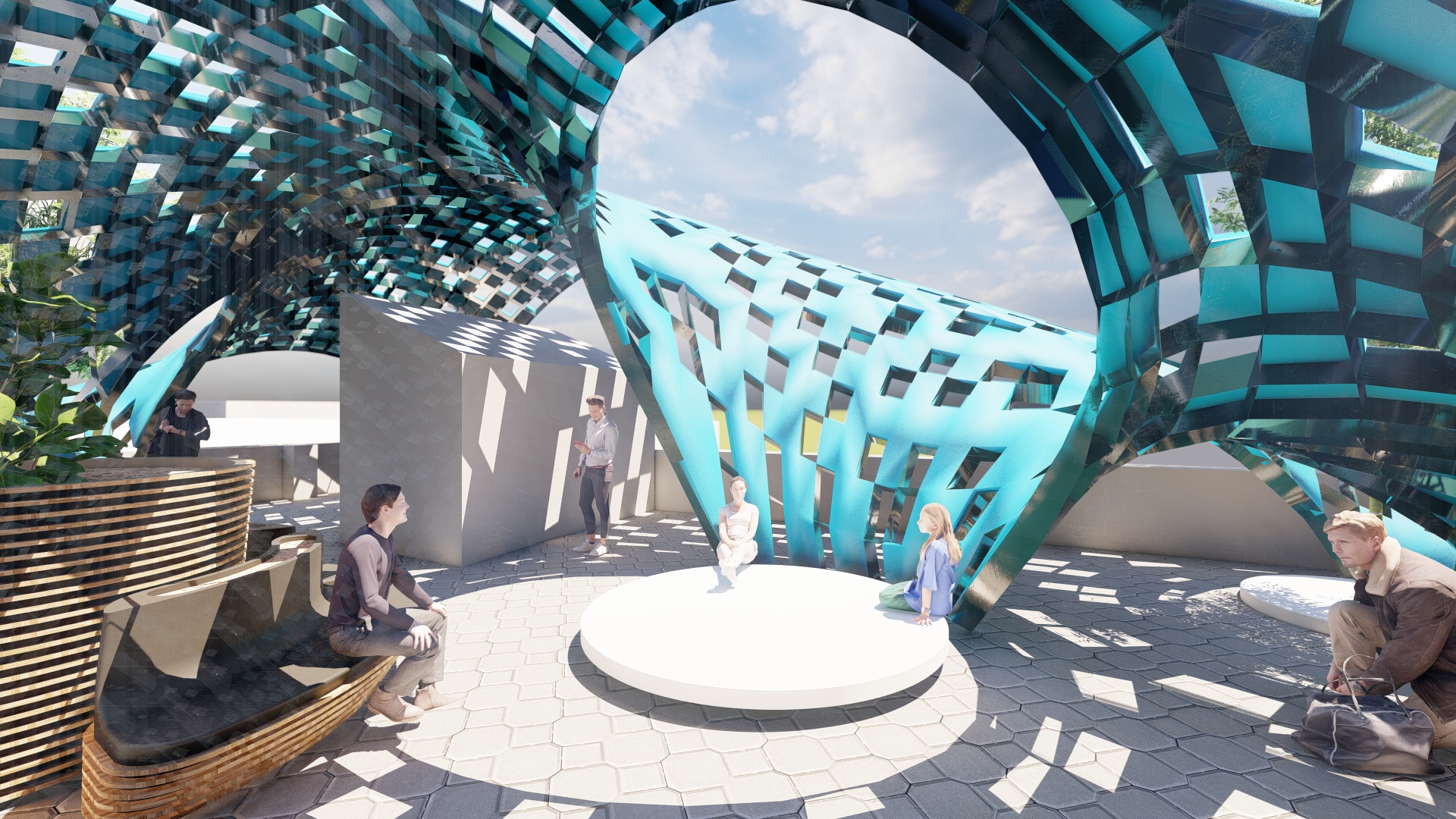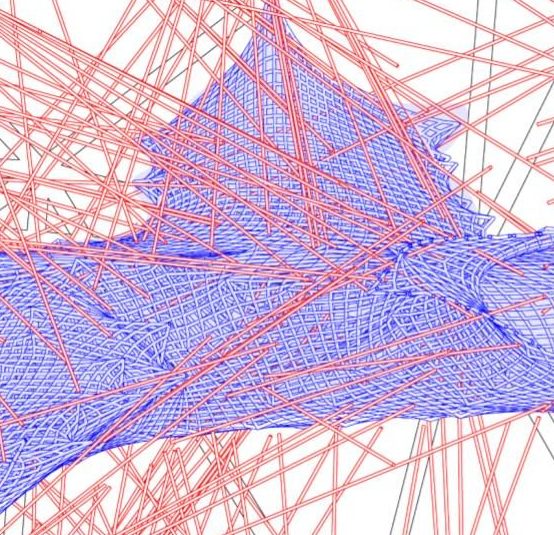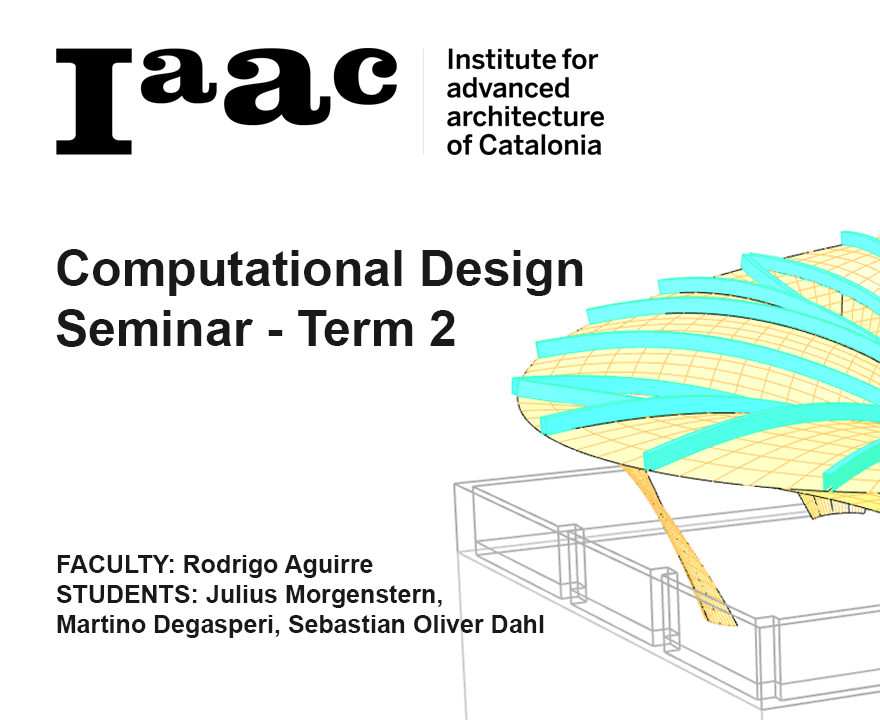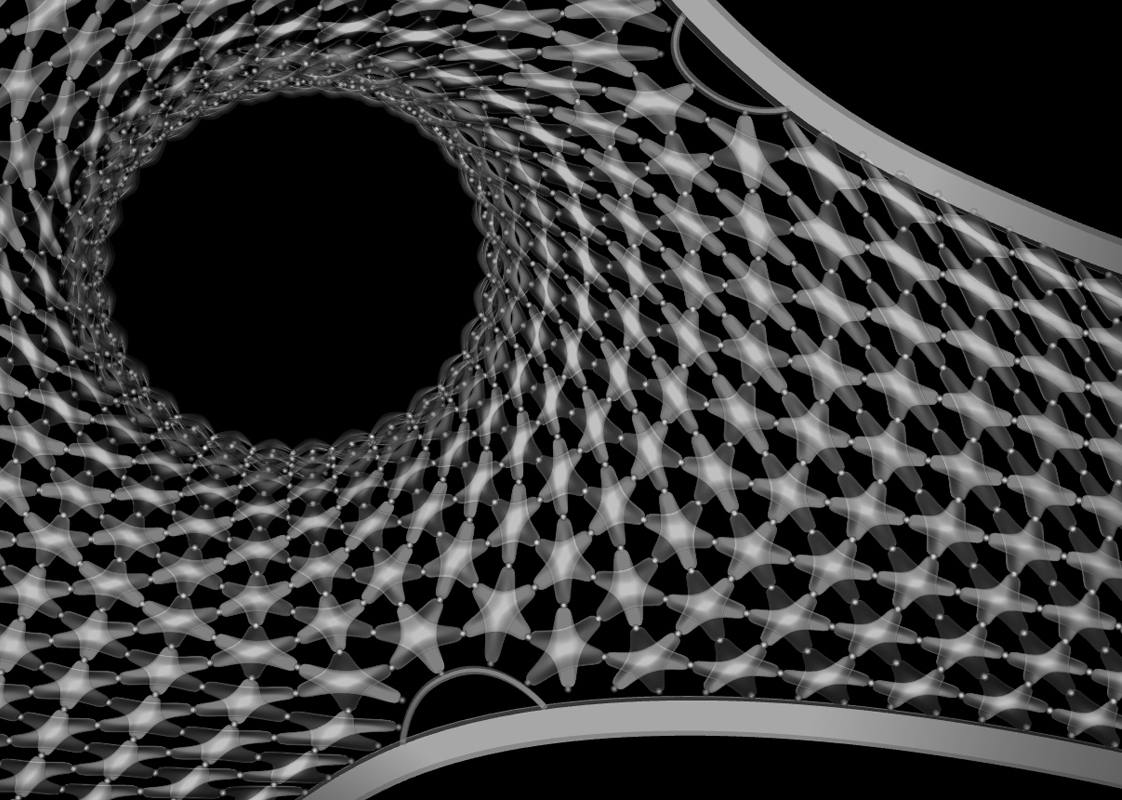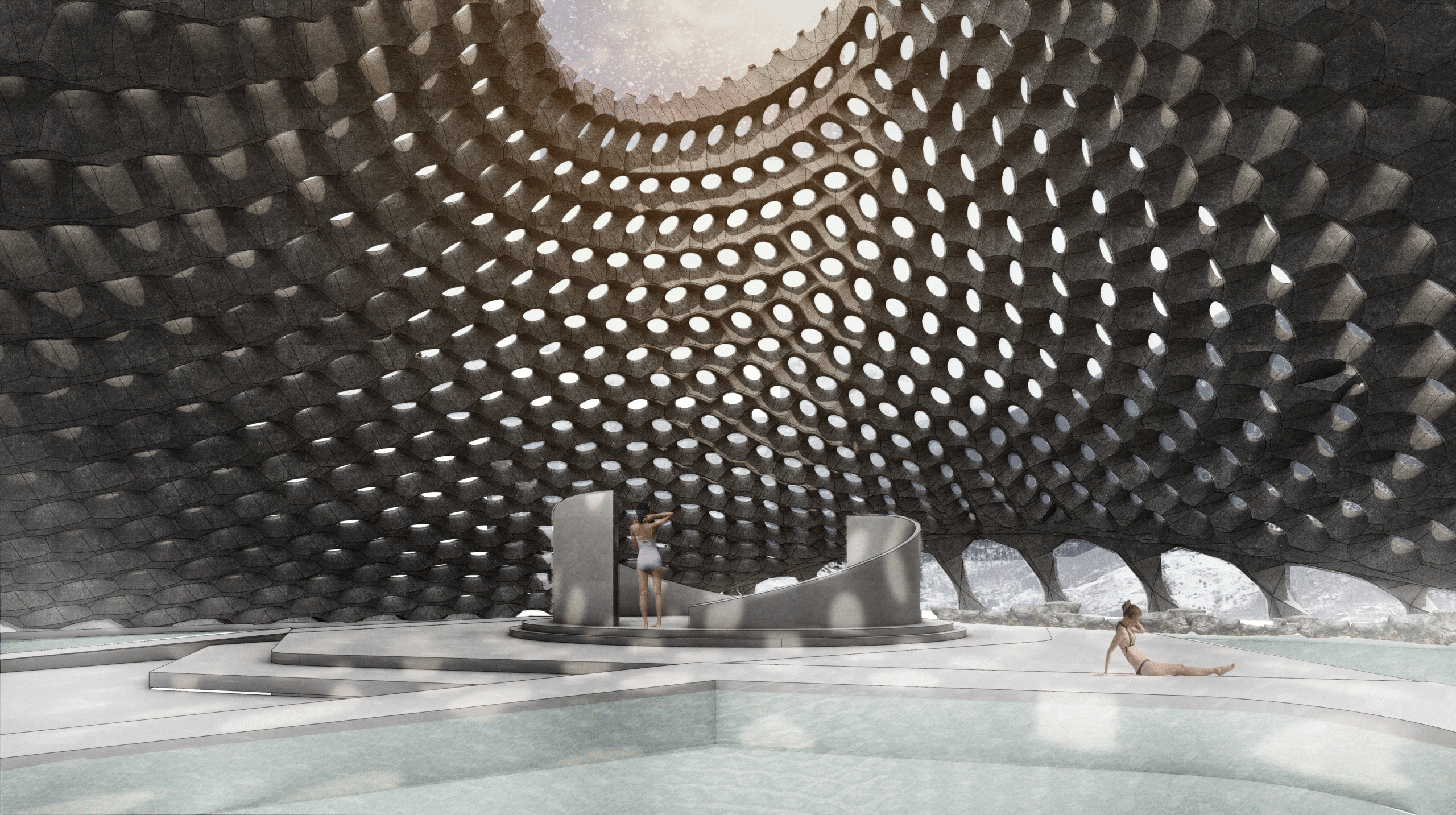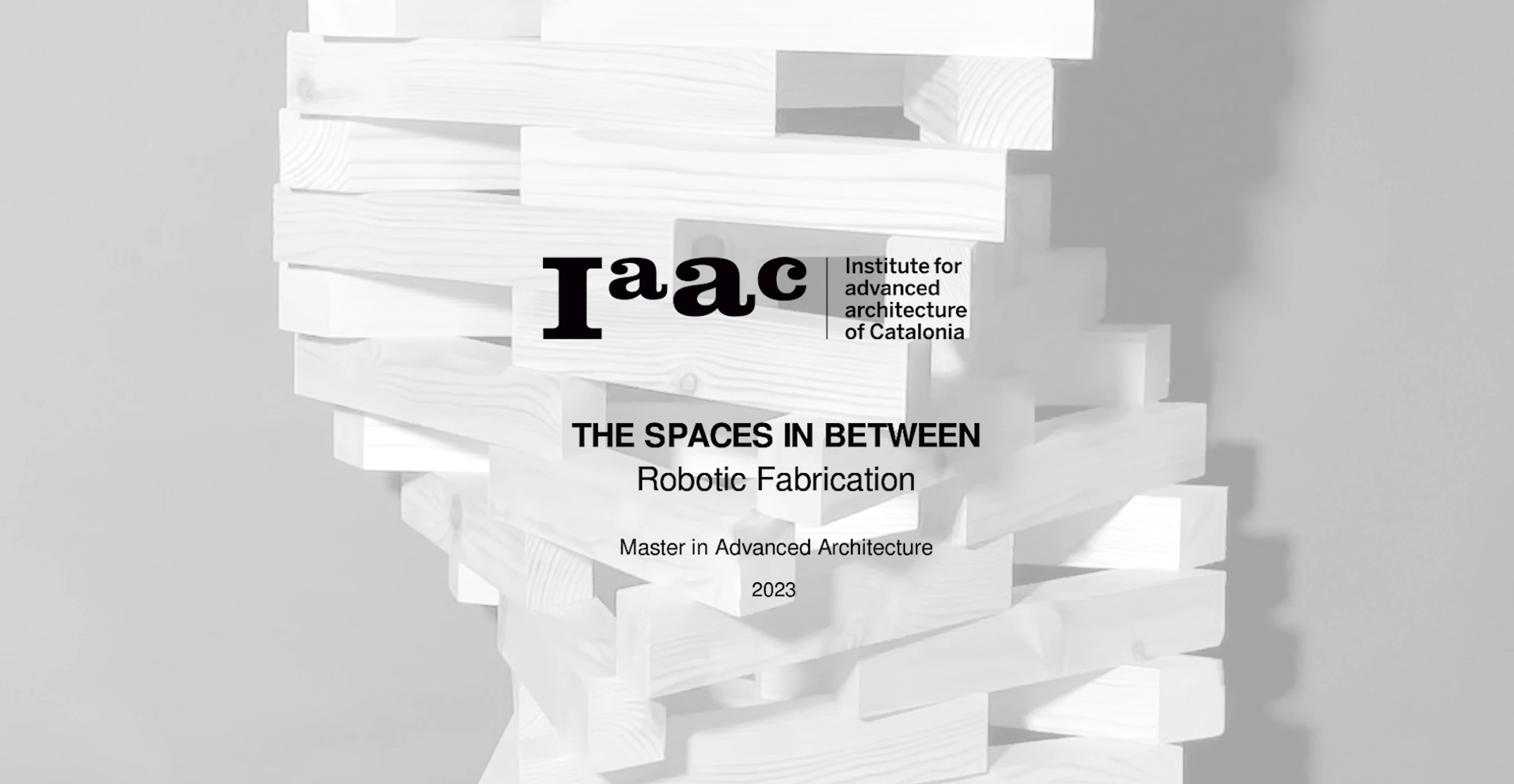Digital woodcraft
Exploring the unique properties of timber and the fabrication methods associated with it, enabling us to work with complex geometries and find appropriate strategies to realize them. We started out looking at different situations to apply our geometry and potentially make a gapahuk (a building made of wooden materials, originally intended for emergency accommodation), forest … Read more


